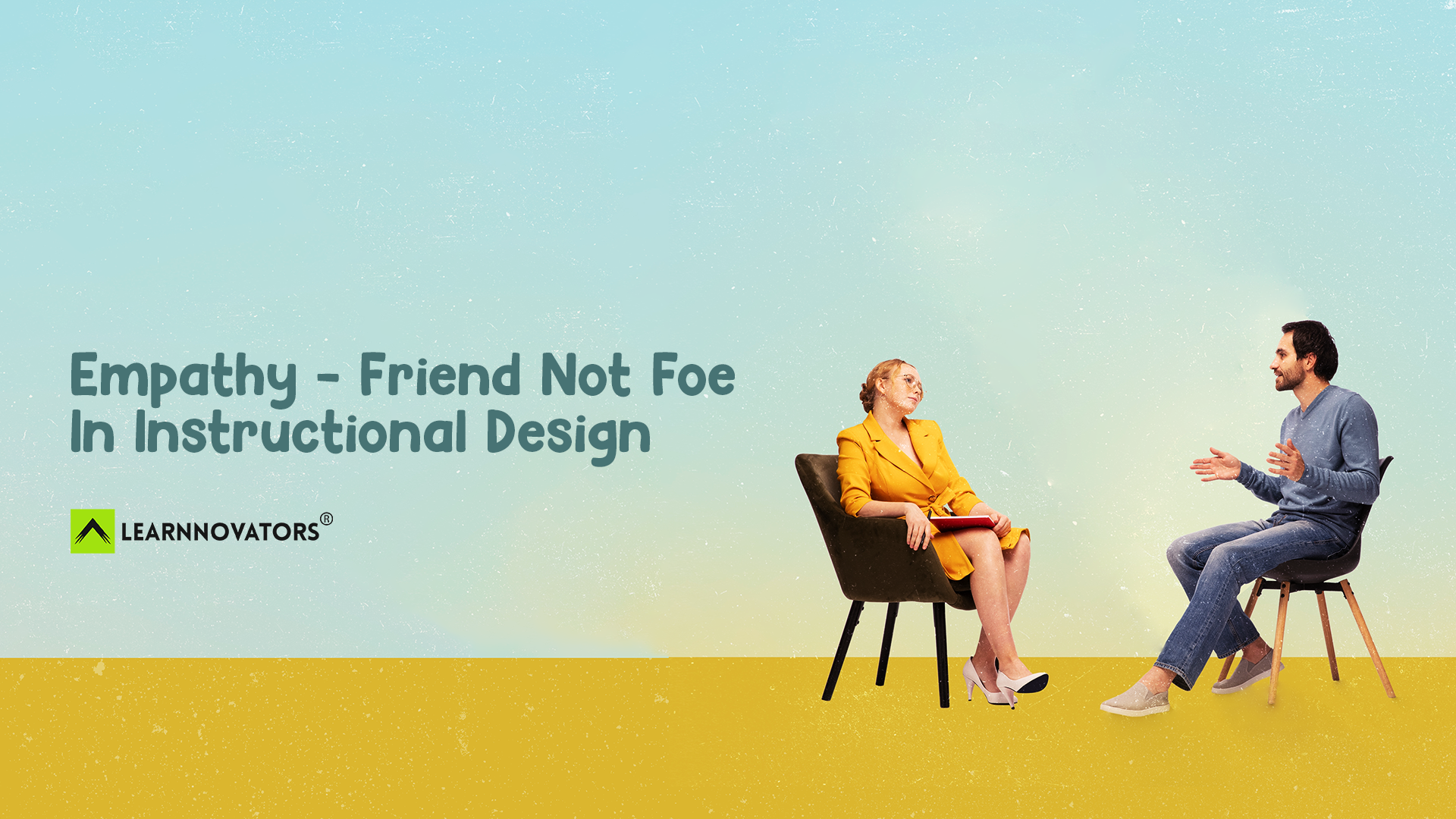I recently came across this article* titled “Why I Don’t Believe in Empathic Design” by Don Norman. Now, in case you aren’t aware, Don Norman is the father of human-centered design, who literally coined the term ‘user experience’. And among his many, many accolades is his seminal book “The Design of Everyday Things”. I’ve followed Don’s work for several years, and hold him in very high regard.
So when I came across the article, I was naturally curious. I wanted to know what Don Norman had to say, because it seemed to go against what he’s always argued for.
In the article, Don focuses on a key distinction between empathy and human-centered-ness. He argues that while it’s important to be human-centered, by considering the needs and challenges of the user, empathy takes it a bit too far. It focuses on users’ feelings and their motivations, which according to him, are:
- Unnecessary for making design decisions
- Not always possible to obtain, and not reliable in many cases
Don’s article is focused on the design of things, and not necessarily learning. So I would have left it at that, but a discussion on LinkedIn, where people were agreeing with the argument in a learning context, prompted me to reflect on it further, and hence this piece.
So, here goes.
A key element of our work in instructional design is persuasion. The persuasion could be subtle, and not overt. We need to persuade the audience that:
- The topic we’re addressing is relevant and useful to them… and subsequently…
- The resultant behavior or actions (that they take after learning the topic) are helpful in their work / career
- The course (or other learning intervention) handles the topic in the most succinct and interesting manner, by respecting their time and attention
Now, have you ever tried to persuade someone to do something? Have you been successful?
If yes, you know that it takes several attempts, addressing their motivations, concerns and objections from different angles. The mechanics of such persuasion are complex, and I won’t go into them here. But I can say with confidence that a fundamental aspect of persuasion is understanding the audience’s motivations, concerns and objections.
Which is what we’re trying to do in designing with empathy.
It might seem like an unnecessary and fuzzy thing to say that we’re trying to understand the audience better. And I do agree that we don’t need to understand their favorite color or cuisine. Those would indeed be frivolous. But what we’re trying to get to are the very things that are preventing them from:
- Accessing and going through the learning intervention
- Performing the subsequent action / behavior
Also, empathy is a core element of good communication. A doctor makes a principled decision to operate on a patient, even taking into account the patient’s lifestyle and financial status. But when it comes to communicating the decision with the patient, they need to employ empathy. Apart from medical competence (of course), empathy is what separates the good doctor from the great.
Another reason I think empathy is important is that, in instructional design, we have designers with varying levels of expertise and experience. While an experienced practitioner may be able to understand the learner’s context without much input and design to address their needs, a newbie is more hard pressed to do so. They need the extra support, perhaps in the form of well-rounded personas, to help them visualize what the learner is going through, their typical day, their struggles and challenges, their motivations and so on.
In the original article, Don lists a few reasons why he thinks it is difficult to cultivate empathy. These are:
- Humans are not rational beings
- We don’t really understand other people (even the ones we’ve spent time with)
- Segmenting people based on location, or any other demographic, doesn’t make sense
I agree with all of these reasons. And here are my responses:
- Humans are not rational beings: This is why it’s all the more important to appeal to their emotions (by understanding their motivations and struggles).
- We don’t really understand other people (even the ones we’ve spent time with): We shouldn’t pretend to understand learners fully, nor should we assume that they will understand us. However, considering that our core responsibility is to communicate with learners, empathy is one of the vehicles that will help us in doing so.
- Segmenting people based on location, or any other demographic, doesn’t make sense: Absolutely! That’s why I always suggest we should segment based on motivations and challenges, and not on any demographic.
To sum up, we are in essence communicating with our audience and persuading them to believe in and do something, so empathy will help us be more effective in our efforts. For instructional designers who are not too experienced, empathy will help them be more aware of the audience’s context.
A word of warning: It is possible to carry the idea of empathy too far, and get lost in the details (which is probably what Don was trying to address in his article). So let’s be aware of this before we embark on our design process.
* I was led to the article by a LinkedIn post shared by Mirjam Neelen, and the subsequent comments on the post.
Written by Srividya Kumar, Co-Founder @ Learnnovators








